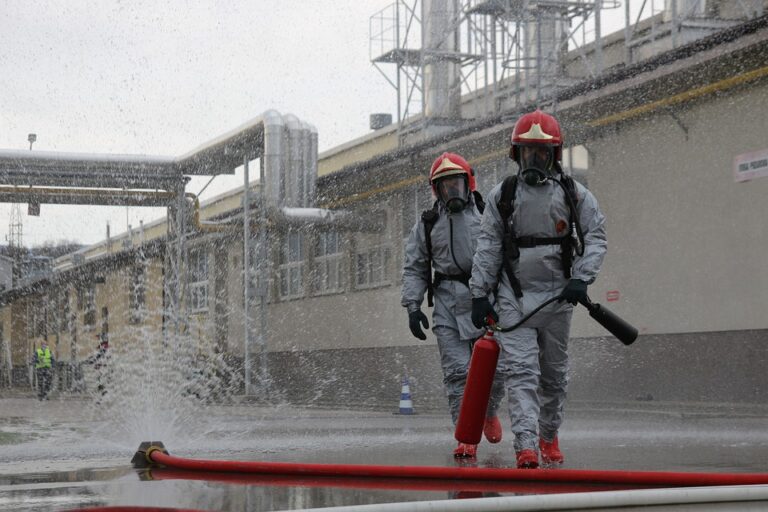Plastic Plague: Tackling the Global Crisis of Single-Use Plastics
In the 21st century, plastic has become an inextricable part of modern life. Its versatility, durability, and low cost have endeared it to industries and consumers alike. From packaging to electronics, the applications of plastic are endless. However, this modern marvel comes at a grave cost. Single-use plastics, in particular, have emerged as one of the most pressing environmental challenges of our time. The Plastic Plague is now a global crisis, demanding urgent and collective action.
The Ubiquity and Utility of Single-Use Plastics
Single-use plastics, by definition, are designed to be used once and then discarded. These include items such as plastic bags, straws, coffee stirrers, soda and water bottles, and most food packaging. They account for about 40% of the plastic produced every year, yet their convenience disguises the long-term impact on the environment.
Cheap and effective in their intended purposes, single-use plastics are so deeply embedded in daily life that their ubiquity is often overlooked. Yet, their very disposability ensures that vast quantities accumulate every day, contributing immensely to litter and pollution.
The Environmental Toll
The scale of plastic waste is staggering. According to a 2017 study published in the journal Science Advances, humanity has produced 8.3 billion metric tons of plastics since the 1950s. About 79% of this plastic ends up in landfills or the natural environment. The environmental ramifications are significant:
-
Oceans and Marine Life: The equivalent of a garbage truck full of plastic is dumped into the oceans every minute. This not only pollutes the water but also endangers marine life. Fish, birds, and marine mammals often mistake plastic debris for food, leading to ingestion and entanglement, causing physical harm or death.
-
Microplastics: Over time, plastic breaks down into smaller particles known as microplastics. These microplastics are now found virtually everywhere – from the deepest ocean trenches to the Arctic ice, and even in human bloodstream.
- Land Pollution: Landfills, often synonymous with plastic waste, leech toxic chemicals into the soil and groundwater, impacting terrestrial ecosystems and human health.
The Human Health Implications
The pervasive presence of microplastics in water, air, and soil also has direct implications for human health. Chemicals in plastics, such as Bisphenol A (BPA) and phthalates, are known endocrine disruptors and have been linked to various health issues, including cancers, immune system suppression, and reproductive problems. Furthermore, the exposure to plastics through the food chain raises alarms about their long-term impacts on human physiology.
Tackling the Plastic Plague
Recognizing the severity of the crisis is the first step toward remediation. However, addressing the problem of single-use plastics requires a multifaceted approach:
-
Policy and Legislation: Governments around the world need to enact stringent policies to limit the production and use of single-use plastics. Countries such as Kenya and France have already implemented bans on plastic bags and other single-use items. More nations need to follow suit to create a global impact.
-
Corporate Responsibility: Corporations must take responsibility for the lifecycle of their products. Shifting towards sustainable packaging, recycling programs, and alternatives to plastic are crucial steps. Companies like Unilever, Nestlé, and Coca-Cola have pledged to reduce plastic waste, but their commitments must translate into tangible actions.
-
Consumer Awareness and Action: Public awareness campaigns can drive behavioral change. Consumers can reduce plastic use by opting for reusable items such as bags, bottles, and containers, and by supporting brands that prioritize sustainable practices.
-
Innovation and Alternatives: Research and development into alternatives to single-use plastics are vital. Biodegradable materials, such as those derived from cornstarch, seaweed, and other natural sources, hold promise as eco-friendly substitutes.
- Recycling and Waste Management: Improving recycling rates and developing efficient waste management systems are imperative. Only about 9% of the plastic produced is recycled, underlining the need for better collection, sorting, and recycling technologies.
Looking Ahead: A Shared Responsibility
The battle against the Plastic Plague is not isolated to a single entity or sector. It requires a concerted effort from governments, industries, and individuals worldwide. By embracing sustainable practices, investing in innovations, and implementing robust policies, humanity can mitigate the devastating impact of single-use plastics.
Plastic pollution is not an insurmountable problem; it is a challenge that calls for our immediate attention. Future generations depend on the choices we make today. It is time to rise to the occasion and turn the tide on the Plastic Plague, fostering a cleaner and more sustainable planet for all.
